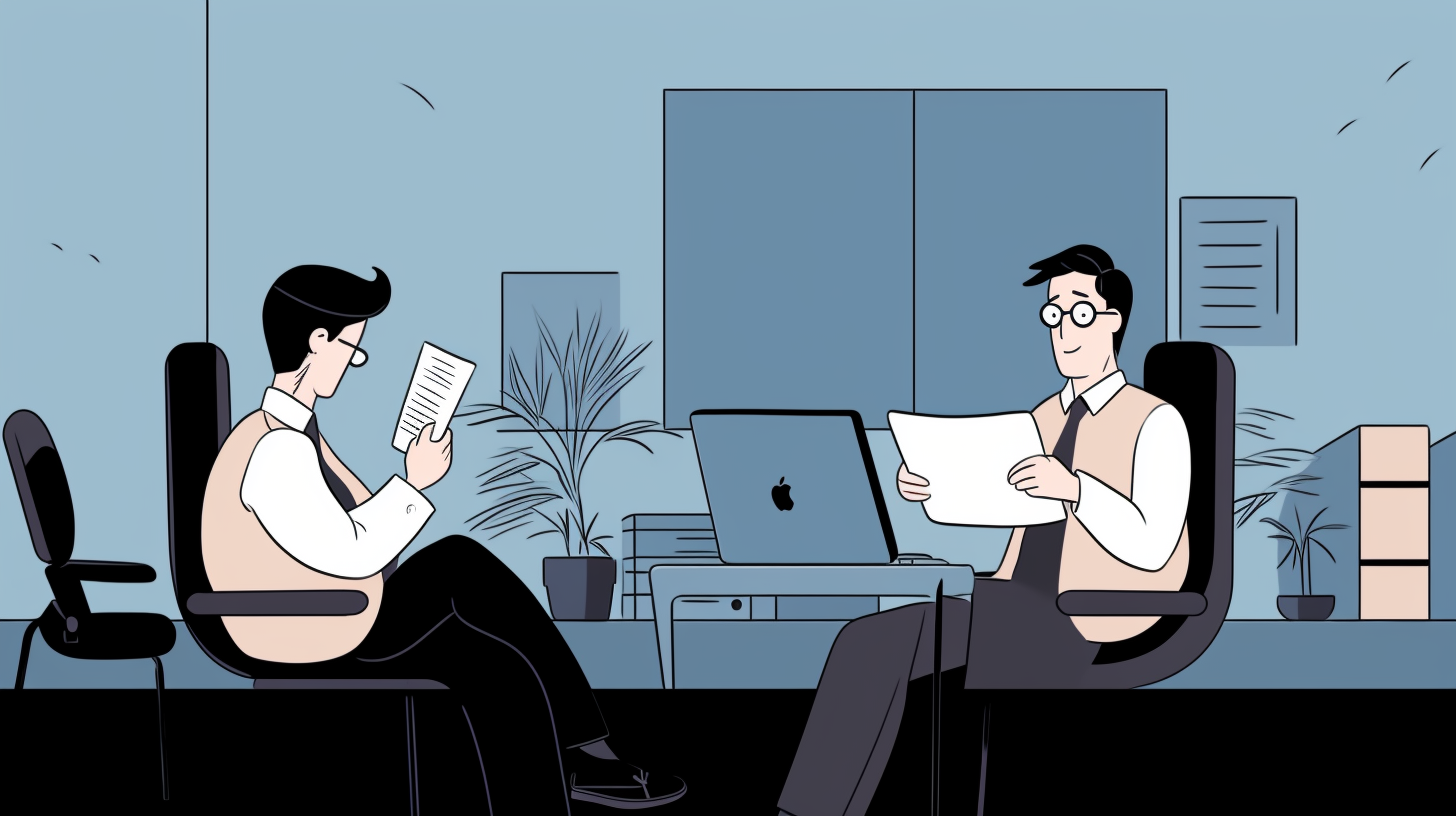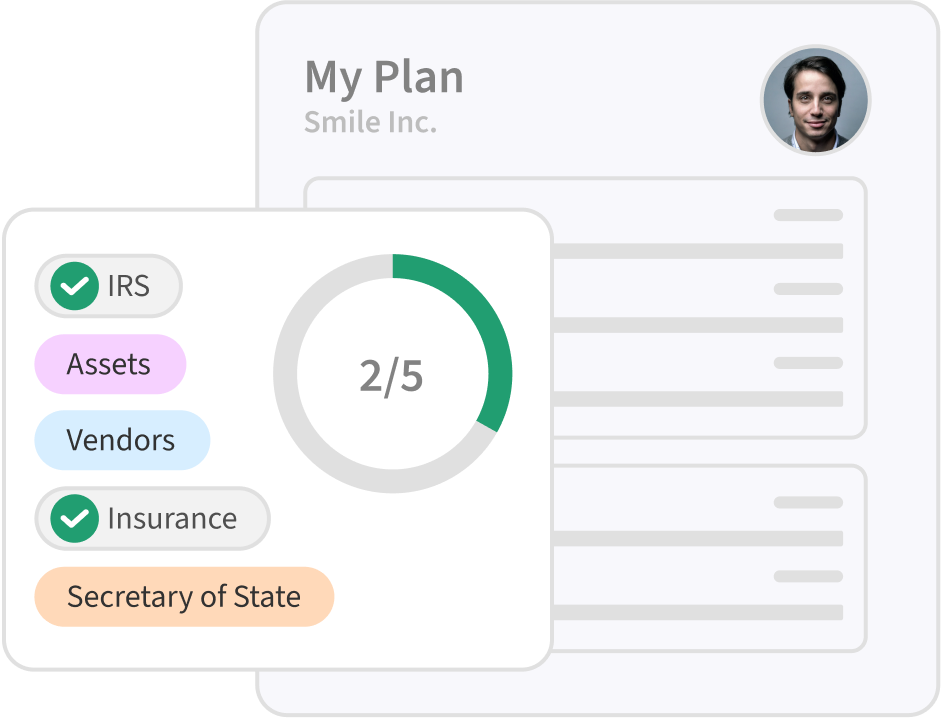Here’s something you might not know: bankruptcy doesn’t necessarily spell the end of your business, and – in most cases – protects you from the worst-case financial and legal outcomes.
Keep reading to gain a firm understanding of the positive and negative aspects of bankruptcy in business closure so you can make the right decision going forward.
Key Takeaways
Bankruptcy is a legal process initiated by individuals or businesses who are unable to repay outstanding debts
Bankruptcies are handled by the federal court and seek to protect the debtors’ and creditors’ financial interests
Depending on your situation and the type of bankruptcy you file for, the pros can outweigh the cons and vice-versa
How Bankruptcies Work
Bankruptcy refers to a legal process started by a person or business when they are unable to pay their outstanding debts. The whole process is carried out under the supervision of a federal court and aims to protect both debtors’ and creditors’ interests. It helps the former by:
Granting protection via an ‘Automatic Stay’ order that prevents creditors from acting against the debtor or their property
Eliminating some or most of their debts
The bankruptcy process benefits creditors by:
Obliging debtors to repay credits (Sometimes in the form of a monthly repayment plan)
Appointing a trustee who ensures the repayment of debts and that each creditor receives a fair share of the debtor’s available assets.
Now that you understand the basics of bankruptcies, it’s time to address an important question.
Are There Different Types of Bankruptcies?
Yes, there are six different types of bankruptcies in the US, each named after the chapter it falls under the United States Bankruptcy Code. These include Chapters 7, 9, 11, 12, 13, and 15. Although the choice of chapter depends on the filer’s status (e.g., an individual or entity), the 3 types of bankruptcies most commonly filed are Chapters 7, 11, and 13.
Because Chapters 9, 12, and 15 don’t apply to most people, we won’t discuss them in detail. Instead, you can find a summary on each at the end of this section.
Chapter 7
Chapter 7 is one of the most commonly filed bankruptcies and is also referred to as “straight” or “liquidation” bankruptcy. It essentially spells the end of a business, with legal proceedings lasting anywhere from four to six months.
Once initiated, the federal court appoints a trustee who supervises the sale of non-exempt assets to clear outstanding debts. Some non-exempt assets (the definition of which may vary according to state) include essential possessions like residential property (not your primary home), personal vehicles, investments in non-retirement accounts, jewelry, expensive clothing, and valuable artwork.
Bankruptcy exemptions that trustees generally cannot sell to pay creditors include furniture and basic clothing, tools you need to earn a living, and retirement accounts. These exemptions do not include certain types of debts like child support, student loans, taxes, and court-ordered alimony. Also, debtors under Chapter 7 can consist of individuals, partnerships, corporations, and other business entities.
Chapter 11
Commonly referred to as “reorganization” bankruptcy, Chapter 11 allows businesses – usually partnerships and corporations – to remain afloat by creating and sticking to a restructuring plan under the watchful eye of the court. Such plans focus on increasing profitability to pay creditors over time.
The debtor usually assumes the role of a trustee and could even borrow money (with the court’s approval) to increase the likelihood of fulfilling their repayment goals.
Note: Creditors may vote on the plan, which the federal court approves after fulfilling specific legal requirements.
Chapter 13
Chapter 13 bankruptcy is for individuals and businesses with consistent income, unlike Chapter 7, where debtors have little to no income or income generation streams. It allows applicants to retain their property in exchange for creating and sticking to a debt repayment plan.
Such plans generally involve three-to-five-year timelines depending on how negotiations between the court and your attorney pan out. Chapter 13 has the least severe financial consequences, but to qualify, your – or your business’ – income must be above a certain threshold.
Note: For more details regarding debtors’ monthly income and its impact on the length and duration of repayment plan, visit the US Courts official page.
Other Bankruptcy Types
Chapter 9: Municipalities, including cities, towns, villages, and counties facing financial trouble can file for Chapter 9 bankruptcy. Filers are not required to liquidate assets to repay debts. Instead, they must develop and adhere to a repayment plan.
Chapter 12: Applies to farms and fisheries who can continue running their businesses while working on a debt repayment plan.
Chapter 15: A recently added Chapter for debtors, creditors, and claimants across different countries.
It’s important to make the following distinction before proceeding any further:
A company bankruptcy can appear on the owner's credit report if they are personally liable for the business debt. Such a liability depends on the following factors.
The Business Structure
The law treats sole proprietors and their company/business as the same entity. Subsequently, bankruptcy will appear on your credit report for 7 to 10 years depending on what Chapter you file for. In general partnerships, unless the liquidation of partnership assets are enough to cover outstanding debts, bankruptcy may affect each partner’s credit score.
Finally, for limited liability companies, limited partnerships, and corporations, bankruptcies do not affect business owners’ personal credit score, as the company and owners are separate entities.
Signing Personal Guarantees
Creditors can sometimes ask small to medium-sized company owners to sign a personal guarantee before extending credit. If you’ve signed such an agreement, you will need to pay the debt otherwise it will appear on your credit report and negatively affect your score.
Certain Types of Business Taxes
Certain types of business taxes, e.g. sales tax that companies must pay to the government on behalf of their employees (after deducting it from their salaries) do not get discharged after filing for bankruptcy. Failing to collect and pay these taxes can affect your personal credit scores.
What Does Bankruptcy Do to Your Credit?
Bankruptcy negatively impacts your credit score. People with scores close to 800 will see a 200 or more point decline, whereas someone around 700 might lose around 150 points or less. Interestingly, bankruptcy filers with scores in the 400s to 500s range may get an increase in points (because bankruptcy wipes off negative items from the credit report).
As for the timeline, bankruptcy will remain on a filer's report for seven to ten years, depending on the type. A Chapter 7 bankruptcy lasts for ten years, whereas Chapter 13 lasts for seven because the former doesn’t include a repayment plan, but the latter does.
To sum it up, the most common reason for company bankruptcy boils down to insurmountable debts. In such cases, a ‘voluntary bankruptcy’ qualifies as the best option to avoid the legal ramifications of non-payment or a liquidation of all assets.
The Benefits of Company Bankruptcy
Companies considering filing for bankruptcy may not be in an ideal financial situation, but such a move has its benefits, especially for small to medium-sized business owners.
Benefit #1: Obtain Protection Against Creditors
Dealing with the pressure of multiple creditors breathing down your neck isn’t a pleasant thought, especially considering that your business just went under. Filing for bankruptcy leads to a court-ordered Automatic Stay (what you read about earlier), granting protection against foreclosure proceedings, lawsuits, and harassment from credits.
It also gives debtors valuable time to gather their thoughts and strategize towards rebuilding their financial future.
Benefit #2: Retain Valuable Assets
Bankruptcy exemptions vary by state and chapter but generally allow debtors to retain essential assets like their home, car, and personal belongings. This helps maintain a basic standard of living.
Benefit #3: Get a Fresh Start
Perhaps the biggest upside of bankruptcy is the discharge of some types of debt. Chapter 7 bankruptcy, for example, can wipe clean unsecured debts like credit card balances, personal loans, and medical bills. Also, tax debts can be discharged in some cases.
Benefit #4: Move On
Sure, plummeting credit scores make it harder to secure loans in the future, but dealing with creditors and knowing the company you started is about to shut down takes a toll on mental health. And although bankruptcy is not ideal, it protects you from severe financial and legal consequences and lets you move on to the next stage of your career.
The Disadvantages of Company Bankruptcy
Now, on to the not-so-positive side of company bankruptcies.
Disadvantage #1: Loss of Assets
In some bankruptcy cases, the court may order the company’s assets to be liquidated to repay creditors, resulting in a loss of valuable inventory, equipment, or real estate.
Disadvantage #2: Falling Credit Scores & Loss of Confidence
Although bankruptcy removes negative items from debtors’ credit, its overall impact on the credit list and reputation is significant. Post-bankruptcy financing comes at higher interest rates and less favorable terms.
For some debtors, life after bankruptcy entails a loss of confidence, making it challenging to attract potential partners and investors. On top of that, rebuilding one's name and reputation may require significant time and effort.
Disadvantage #3: Employee Layoff
Bankruptcy leads to massive layoffs and downsizing as the company prepares to wrap up operations or undergo massive restructuring. This may lead to severance distribution and, in worse cases, lawsuits.
Disadvantage #4: Limited Control
Once the bankruptcy case starts, business owners can expect limited control over operations and financial decisions. The court or trustee takes over certain management aspects, making it harder to steer your company in your desired direction.
What Happens When a Company Exits Bankruptcy?
If the company didn’t dissolve after filing for Chapter 7, it must develop and execute a court-approved reorganization plan, pay creditors according to agreed-upon terms, and resume regular operations. The company must also aim to reduce debt, rebuild credit, and implement necessary operational changes to ensure financial stability and pursue future growth opportunities.
FAQs
Need more clarity? Go through the following FAQs!
What Can You Not Do After Filing for Bankruptcies?
Following a bankruptcy, individuals and businesses are usually prevented from making significant financial transactions, incurring new debts, and selling valuable assets without the court’s approval, among other things. These restrictions may vary according to court, state, and chapter but are imposed to ensure debtors repay creditors by adhering to repayment plans or asset liquidation processes.
What Happens to Your Property After You File Bankruptcy?
The fate of your property following a bankruptcy depends on the chapter and applicable exemptions. In Chapter 7, a trustee may sell your property to repay creditors. Under Chapter 13, you can keep your property provided your income is enough for monthly mortgages, extra payments if you’re lagging behind, and other necessary expenses. Please consult a professional.
Conclusion
In conclusion, bankruptcy has both positive and negative consequences. But it’s not the be-all-end-all of business closures. Alternatives like winding down business operations in a traditional – and efficient – manner are still available.
If that’s the route you want to take, SimpleClosure can help. As the name suggests, we help small to medium-sized tech/IT startups shut down without going through bankruptcy nightmares.
Allow us to lend a hand - get in touch today.

